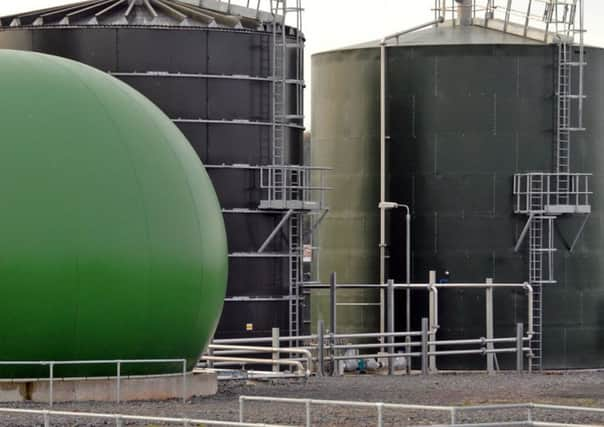Concerns over green energy scheme in Northern Ireland


Sir Geoffrey Clifton-Brown was commenting after a whistle-blower claimed that some anaerobic digester (AD) operators were abusing the incentives put in place to encourage the use of slurry and silage to produce methane gas for electricity generation.
There are around 70 of the AD gas production operations in Northern Ireland.
Advertisement
Hide AdAdvertisement
Hide AdIn a BBC Radio 4 programme aired on Tuesday, Sir Geoffrey said the UK-wide scheme poses a huge risk to the public purse if the claims are proved to be true, as it will eventually cost around £23 billion.
The discovery in 2016 that the botched green energy Renewable Heat Incentive (RHI) in Northern Ireland could cost up to £500 million more than expected helped bring down the Stormont government.
Sir Geoffrey, the deputy chair of the Public Accounts Committee (PAC) at Westminster said: “This is a very big scheme to produce some really important environmental goals. So far it seems that the scheme is riddled with non-compliance.
“In short, so far, if the information from your whistle-blower is correct, this amounts to a public scandal and I will be referring it formally to the National Audit Office for them to investigate.”
Advertisement
Hide AdAdvertisement
Hide AdConcerns have also been raised about the environmental impact of the scheme being operated on an “industrial” scale, with the number of biogas-fuelled pig and poultry farms sending Northern Ireland’s already high ammonia levels even higher.
Despite making up only 3% of the UK population, Northern Ireland is responsible for around 12% of ammonia emissions.
Ammonia in the air can react with other pollutants to form particles which are dangerous when inhaled, while the sludge by-product of the gas production – known as digestate – when spread on fields as fertiliser “contains just as much ammonia as the feedstock that went in [to the digester],” according to a report by the investigative journalism website SourceMaterial.
A government report in 2012 accepted that AD “does not address the fundamental issue of excess nutrients in the manure, as it requires land spreading of the digestate”.
Advertisement
Hide AdAdvertisement
Hide AdEcologists and conservationists report that the increased ammonia levels are boosting nitrate-loving plants such as grass, nettles and brambles at the expense of those which are sensitive to the contamination such as bluebells.
A spokesman for the regulator Ofgem said: “In the event of any potential non-compliance, error or fraud being identified through the audit programme, new information or other regular checks, Ofgem investigates thoroughly and, where appropriate, can withdraw accreditation and revoke or withhold certificates awarded through the scheme. If there is evidence of fraud we also contact the police.”